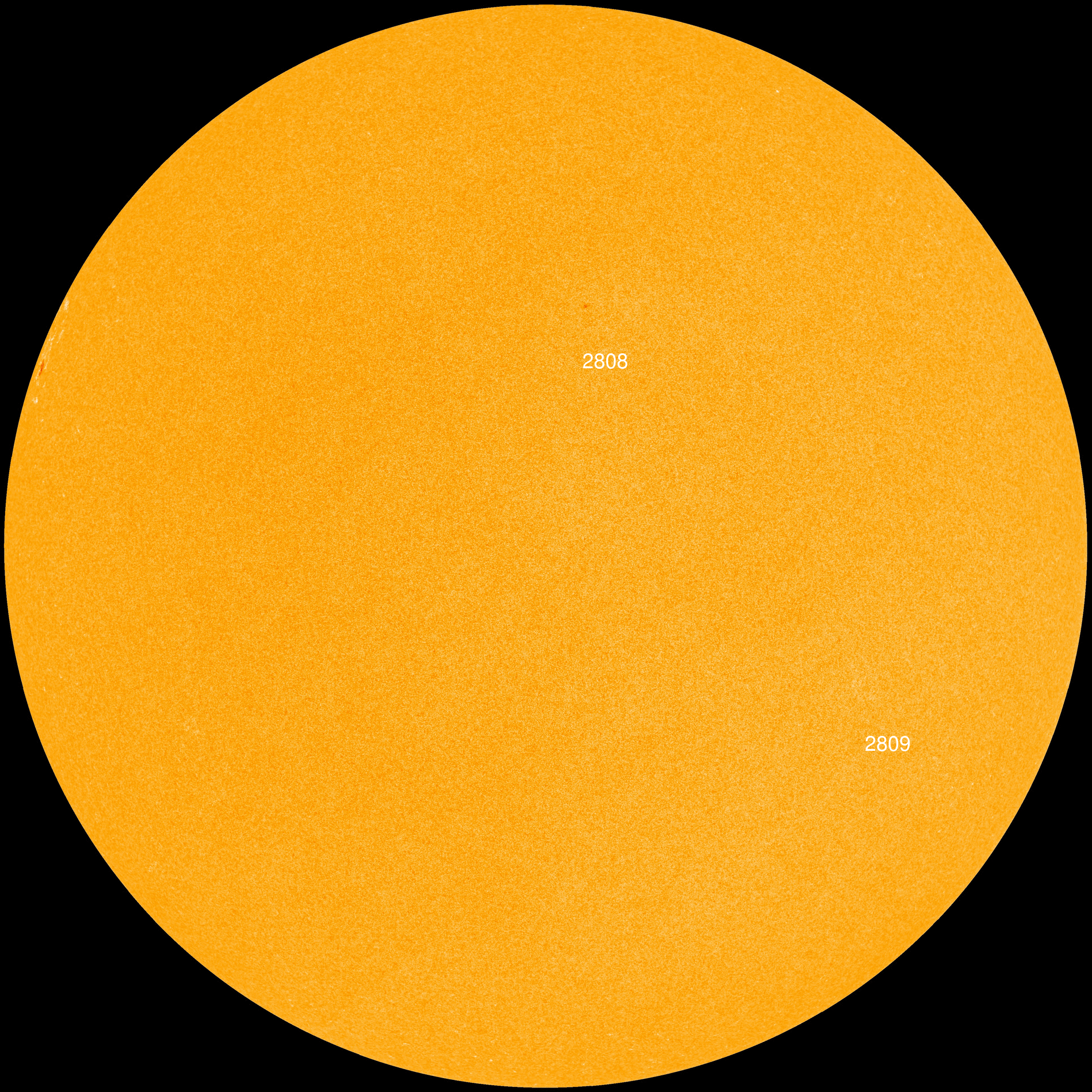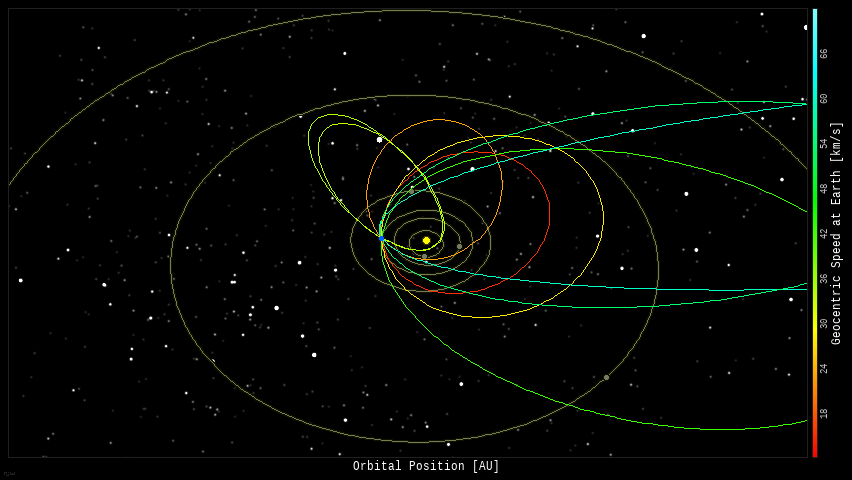
Yesterday, my wife showed her science students the SpaceX Falcon Heavy landing – none of them had ever seen it – they were amazed! When asked if any of them had ever heard of the “Space Race” – only ONE of her students had! So my wife has decided to have her astronomy students study a bit of history! She’s asked her students to research the early space age, and what NASA has planned for the near future in space exploration.
I highly approve!

Mars appears near the constellation Taurus high in the southwestern sky after sunset this week; the Moon appears near Mars from March 18-20th.

The waxing crescent Moon appears above the western horizon after sunset on Match 16th; the planet Uranus appears high above the western horizon all week.

Mercury, Jupiter and Saturn appear low above the east-southeastern horizon on before dawn all week. Mercury moves a bit towards the glare of the Sun each morning, while Jupiter and Saturn appear a bit higher than the day before.


The Moon is a waxing crescent – visible toward the southwest in early evening.
The first quarter Moon occurs on March 21st – visible high in the southern sky in early evening.
After March 21st, the Moon will be a waxing gibbous – visible to the southeast in early evening, and up for most of the night.

If you click on the Moon image above, or click this link, you will go to NASA’s Moon Phase and Libration, 2021 page – it will show you what the Moon looks like right now. If you click the image on that page, you will download a high-rez TIFF image annotated with the names of prominent features – helpful for logging your lunar observations!
Moon News:
I LOVE seeing students getting involved in problem-solving for NASA!
 The Sun has 2 named sunspots, and another unnamed sunspot rotating into view on the Sun’s limb (left).
The Sun has 2 named sunspots, and another unnamed sunspot rotating into view on the Sun’s limb (left).

Coronal holes galore! The hole at the Sun’s south pole keeps making me look-up synonyms for the word gigantic. A couple rather larger coronal holes appear on the Sun’s face, and the coronal hole at the north pole remains diminished.
There are a couple regions of coronal loop activity across the Sun’s face that are associated with the 2 sunspots; you can see where the sunspot is rotating into view by the intense coronal loop activity on the Sun’s limb.
The Sun seen in 193 angstroms (extreme ultraviolet) March 15, 2021:
Constant prominence activity along the Sun’s limb; watch the bright region in the middle of the northern hemisphere – you can see it blowing off a flare!
The Sun seen in 304 angstroms (extreme ultraviolet) March 15, 2021:
You can view the Sun in near real-time, in multiple frequencies here: SDO-The Sun Now.
You can create your own time-lapse movies of the Sun here: AIA/HMI Browse Data.
You can browse all the SDO images of the Sun from 2010 to the present here: Browse SDO archive.
Solar Activity on Facebook – Run by Volunteer NASA/JPL Solar System Ambassador Pamela Shivak

Solar Corona
Solar wind speed is 387.9 km/sec, with a density of 5.9 protons/cm3 at 1225 UT.
Near real-time animation of the corona and solar wind from the Solar & Heliospheric Observatory (SOHO):

Sun News

Potentially hazardous asteroids: 2174 (+2, updated 2021-03-16)
Total Minor Planets discovered (NASA): 1,068,751 (+516)
Total Minor Planets discovered (MPC): 1,043,047 (-1)
Upcoming Earth-asteroid encounters::
| Asteroid |
Date(UT)
|
Miss Distance
|
Velocity (km/s)
|
Diameter (m)
|
| 2021 EQ3 |
2021-Mar-16
|
0.7 LD
|
12
|
22
|
| 2021 EJ3 |
2021-Mar-16
|
2 LD
|
2.3
|
10
|
| 2021 DT |
2021-Mar-16
|
18.3 LD
|
7.3
|
34
|
| 2021 EW3 |
2021-Mar-16
|
6.5 LD
|
8.5
|
17
|
| 2021 EO2 |
2021-Mar-17
|
6.2 LD
|
6.3
|
9
|
| 2021 EY2 |
2021-Mar-19
|
9.4 LD
|
9.7
|
17
|
| 2021 DP2 |
2021-Mar-20
|
7.5 LD
|
4.3
|
22
|
| 231937 |
2021-Mar-21
|
5.3 LD
|
34.4
|
1024
|
| 2021 EV3 |
2021-Mar-25
|
19 LD
|
18
|
94
|
| 2021 CX5 |
2021-Mar-27
|
7.7 LD
|
5.6
|
48
|
| 2020 GE |
2021-Mar-27
|
12.7 LD
|
1.5
|
8
|
| 2019 GM1 |
2021-Mar-31
|
15.1 LD
|
3.9
|
14
|
| 2015 MB54 |
2021-Apr-06
|
13.6 LD
|
3.7
|
57
|
| 2020 GE1 |
2021-Apr-07
|
12.2 LD
|
4.2
|
14
|
| 2014 FO38 |
2021-Apr-07
|
16.8 LD
|
8.3
|
20
|
| 2021 EH4 |
2021-Apr-07
|
12.9 LD
|
7.6
|
36
|
| 2020 UY1 |
2021-Apr-15
|
16 LD
|
8.7
|
22
|
| 2017 HG4 |
2021-Apr-16
|
7.6 LD
|
4.1
|
10
|
| 2020 HE5 |
2021-Apr-17
|
8.5 LD
|
4.3
|
10
|
| 2019 HQ |
2021-Apr-20
|
14.8 LD
|
8.8
|
20
|
| 2020 HO5 |
2021-Apr-22
|
16.5 LD
|
3.3
|
7
|
| 2019 PS1 |
2021-Apr-23
|
14.5 LD
|
10
|
16
|
| 2016 QE45 |
2021-Apr-24
|
13.2 LD
|
15.3
|
162
|
| 2015 HA177 |
2021-Apr-26
|
18.7 LD
|
8.7
|
10
|
| 2019 HF4 |
2021-Apr-26
|
7.8 LD
|
6.8
|
11
|
| 2019 VT3 |
2021-May-01
|
12.1 LD
|
5.9
|
8
|
| 2021 AF8 |
2021-May-04
|
8.8 LD
|
9.4
|
344
|
| 2018 JP |
2021-May-05
|
10.6 LD
|
7.8
|
12
|
| 2021 AE4 |
2021-May-06
|
18.5 LD
|
9.1
|
153
|
Notes: LD means “Lunar Distance.” 1 LD = 384,401 km, the distance between Earth and the Moon. Red highlighted entries are asteroids that either pass very close, or very large with high relative velocities to the Earth. Table from SpaceWeather.com
Asteroid News:
https://twitter.com/AstroBalrog/status/1371812262118359042
 On March 15, 2021, the NASA All Sky Fireball Network reported 8 fireballs!
On March 15, 2021, the NASA All Sky Fireball Network reported 8 fireballs!
(8 sporadics)

Fireball News
If you see a bright meteor or a fireball, please REPORT IT to the American Meteor Society and the International Meteor Organization!

Position of the planets and several spacecraft in the inner solar system:

Position of the planets in the middle solar system:

Position of the planets, dwarf planets and some transneptunian objects in the outer solar system:


Mars Perseverance Rover:
It’s SUPPOSED to fall off!
International Space Station:
HiRISE – on the Mars Reconnaissance Orbiter:
https://twitter.com/HiRISE/status/1371506692941299724
Hubble Space Telescope:
Climate:
See a list of current NASA missions here: https://www.jpl.nasa.gov/missions/?type=current

ex·o·plan·et /ˈeksōˌplanət/, noun: a planet orbiting a star other than the Sun.
Data from the NASA Exoplanet Archive
* Confirmed Planets Discovered by TESS refers to the number planets that have been published in the refereed astronomical literature.
* TESS Project Candidates refers to the total number of transit-like events that appear to be astrophysical in origin, including false positives as identified by the TESS Project.
* TESS Project Candidates Yet To Be Confirmed refers to the number of TESS Project Candidates that have not yet been dispositioned as a Confirmed Planet or False Positive.
Exoplanet News


SpaceWeather.com Realtime Aurora Gallery: https://spaceweathergallery.com/aurora_gallery.html

Visit an International Dark Sky Park: https://www.darksky.org/our-work/conservation/idsp/parks/

For Teachers:
Hubble – Weird Universe: Hoag’s Object

A nearly perfect ring of hot, blue stars pinwheels about the yellow nucleus of an unusual galaxy known as Hoag’s Object. This image from NASA’s Hubble Space Telescope captures a face-on view of the galaxy’s ring of stars, revealing more detail than any existing photo of this object. The image may help astronomers unravel clues on how such strange objects form.
The entire galaxy is about 120,000 light-years wide, which is slightly larger than our Milky Way Galaxy. The blue ring, which is dominated by clusters of young, massive stars, contrasts sharply with the yellow nucleus of mostly older stars. What appears to be a “gap” separating the two stellar populations may actually contain some star clusters that are almost too faint to see. Curiously, an object that bears an uncanny resemblance to Hoag’s Object can be seen in the gap at the one o’clock position. The object is probably a background ring galaxy.
Ring-shaped galaxies can form in several different ways. One possible scenario is through a collision with another galaxy. Sometimes the second galaxy speeds through the first, leaving a “splash” of star formation. But in Hoag’s Object there is no sign of the second galaxy, which leads to the suspicion that the blue ring of stars may be the shredded remains of a galaxy that passed nearby. Some astronomers estimate that the encounter occurred about 2 to 3 billion years ago.
This unusual galaxy was discovered in 1950 by astronomer Art Hoag. Hoag thought the smoke-ring-like object resembled a planetary nebula, the glowing remains of a Sun-like star. But he quickly discounted that possibility, suggesting that the mysterious object was most likely a galaxy. Observations in the 1970s confirmed this prediction, though many of the details of Hoag’s galaxy remain a mystery.
The galaxy is 600 million light-years away in the constellation Serpens. The Wide Field and Planetary Camera 2 took this image on July 9, 2001. –NASA
Stay safe, be well, and look up!
Software Apps used for this post:
NASA Eyes on the Solar System: an immersive 3D solar system and space mission simulator – free for the PC /MAC. I maintain the unofficial NASA Eyes Facebook page.
Stellarium: a free open source planetarium app for PC/MAC/Linux. It’s a great tool for planning observing sessions. A web-based version of Stellarium is also available.
Section header image credits:
The Sky – Stellarium / Bob Trembley
Observing Target – Turn Left at Orion / M. Skirvin
The Moon – NASA/JPL-Caltech
The Sun – NASA/JPL-Caltech
Asteroids – NASA/JPL-Caltech
Fireballs – Credited to YouTube
Comets – Comet P/Halley, March 8, 1986, W. Liller
The Solar System – NASA Eyes on the Solar System / Bob Trembley
Spacecraft News – NASA Eyes on the Solar System / Bob Trembley
Exoplanets – Space Engine / Bob Trembley
Light Pollution – NASA’s Black Marble
Aurora – Bob Trembley
The Universe – Universe Today

